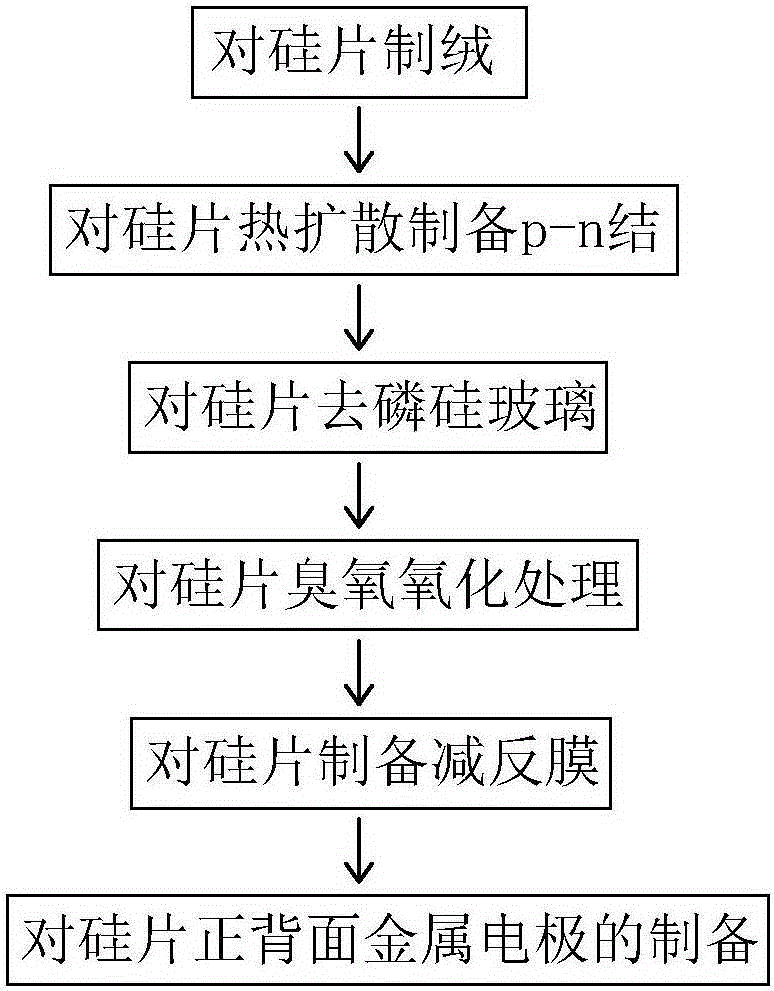Production equipment of anti-potentially-induced-degradation solar cell
A potential-induced decay, solar cell technology, applied in the field of solar cells, can solve the problems of high proportion of bad appearance of cells, damage to graphite boat and furnace tube, poor compactness of silicon dioxide layer, etc., to improve anti-PID performance and improve conversion efficiency. , The effect of improving the yield rate
- Summary
- Abstract
- Description
- Claims
- Application Information
AI Technical Summary
Problems solved by technology
Method used
Image
Examples
Embodiment Construction
[0022] Figure 8 It is the structural diagram of the ozone oxidation box according to the embodiment of the present invention;
[0023] Figure 9 It is a structural diagram of the annealing box according to the embodiment of the present invention.
[0024] Embodiments of the present invention are described in detail below, examples of which are shown in the drawings, wherein the same or similar reference numerals designate the same or similar elements or elements having the same or similar functions throughout. The embodiments described below by referring to the figures are exemplary and are intended to explain the present invention and should not be construed as limiting the present invention.
[0025] The production equipment of the anti-potential induced decay solar cell according to the embodiment of the present invention will be described in detail below with reference to the accompanying drawings.
[0026] Prior art de-PSG equipment such as figure 1 As shown, the sil...
PUM
 Login to View More
Login to View More Abstract
Description
Claims
Application Information
 Login to View More
Login to View More - R&D
- Intellectual Property
- Life Sciences
- Materials
- Tech Scout
- Unparalleled Data Quality
- Higher Quality Content
- 60% Fewer Hallucinations
Browse by: Latest US Patents, China's latest patents, Technical Efficacy Thesaurus, Application Domain, Technology Topic, Popular Technical Reports.
© 2025 PatSnap. All rights reserved.Legal|Privacy policy|Modern Slavery Act Transparency Statement|Sitemap|About US| Contact US: help@patsnap.com



